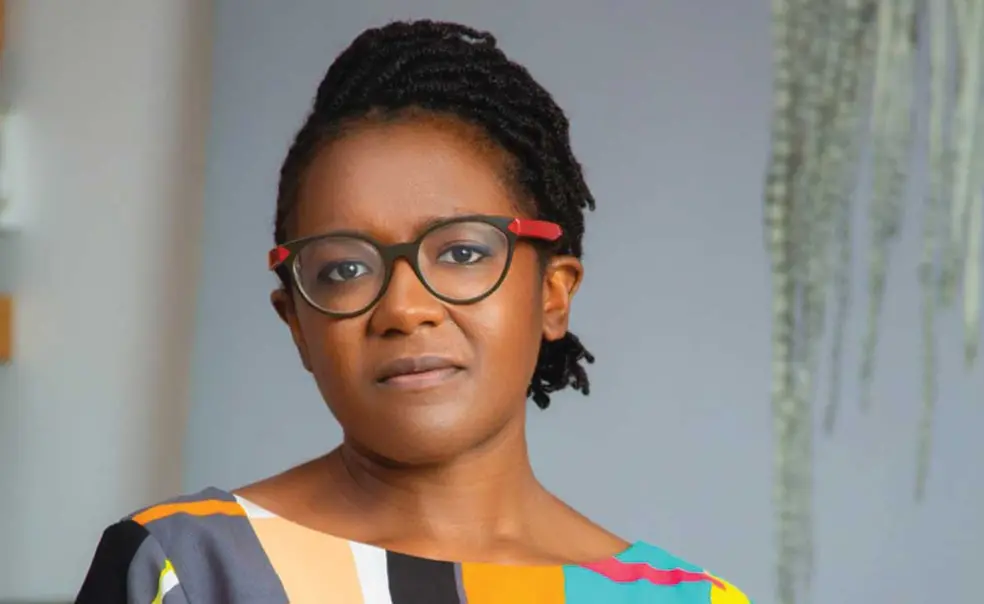The Journey Here: Temitayo Ogunbiyi ’06’s Passion for Art
Temitayo Ogunbiyi ’06 has become known for her functional playground art creations. The Nigeria-based artist and curator has designed a handful of these spaces over the past few years, incorporating artistic compositions and various cultures to spark engaging areas of play. When Ogunbiyi was a first-year student, she had a completely different career in mind.
When she arrived at Princeton, Ogunbiyi planned to pursue a premed track. (Her parents, immigrants from Nigeria, are scientists.) While she dove into her premed requirements, she also decided she would treat herself to one art class each semester. Ogunbiyi always had an artsy side. In high school, she sang and took arts classes.
When it came time to declare a major, she had a change of heart and decided to concentrate in art history with an emphasis on the visual arts. Medical school was still in the picture, but she wanted to follow her passion. Studying with artists like Denyse Thomasos, Eve Aschheim, Emmet Gowin, and Greg Drasler — who were making their livelihoods in New York City and brought students along to galleries and studios there — made art seem like a possible life path and opened a new trajectory for Ogunbiyi.
She finally decided to pivot from medical school, and moved to Harlem to begin her art career. She landed a job at Sotheby’s as a floater, where she got the opportunity to work for each department. By the end of her time there, she had moved up to an assistant role, then went on to work at the Paul Kasmin Gallery in Chelsea. She started to become familiar with contemporary African art and pursued a master’s degree in that specialty at Columbia.
What started out as a nine-week visit to Lagos, Nigeria, to check out the art scene has become an 11-year journey for Ogunbiyi, who has crafted a life as an artist and curator in a new country. She’s able to write, exhibit, and maneuver within the art world in a way that feels liberating. “I think art is part of life here in a way that I didn’t feel it was integrated in the United States,” she says. In 2020, she installed a playground that featured random lines and iron bars at Italy’s Museo d’Arte Contemporanea Donnaregina. Last year, she conceived and created a multisensory art experience that revolved around three pillars of Nigerian culture: films from “Nollywood,” the sounds of local streets, and culinary traditions from the city.
Lesson learned: “Learning never ends.”












No responses yet